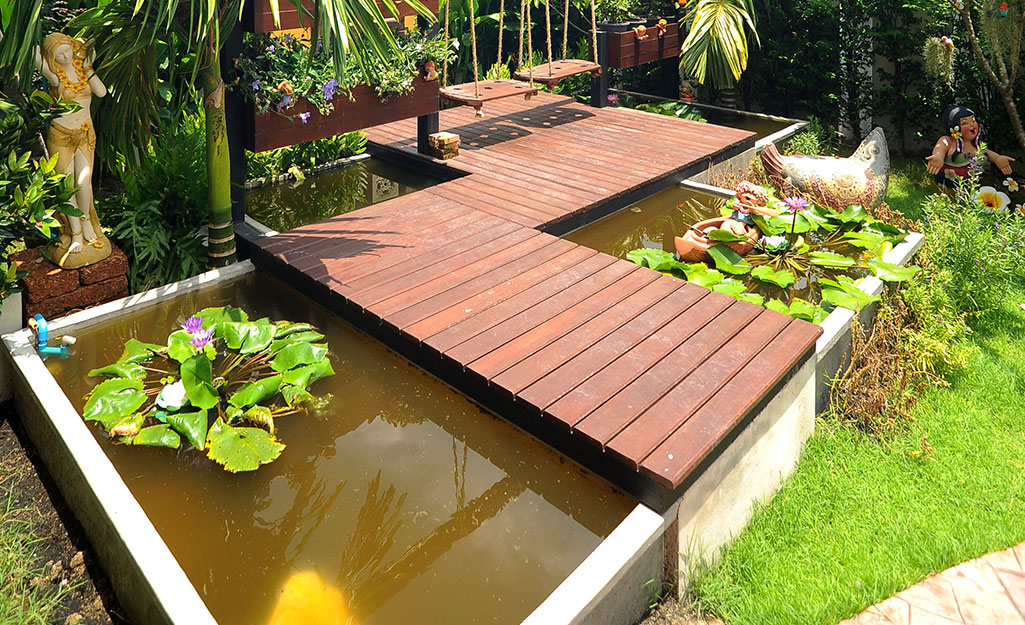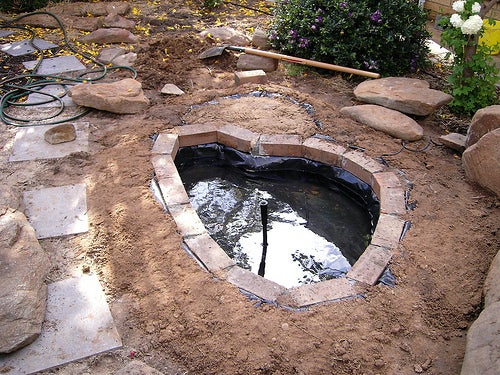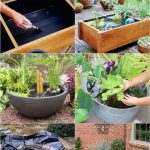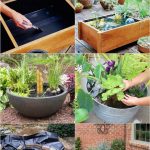Adding a small fish pond to your backyard can create a tranquil and beautiful oasis. It provides a perfect place for relaxation and adds a touch of nature to your outdoor space. Building a small fish pond in your backyard is a rewarding project that can be accomplished with careful planning and the right approach. In this comprehensive guide, we will walk you through the step-by-step process of creating your very own small fish pond.
Step 1: Planning and Preparation
Before you start digging, it’s essential to plan and prepare for your small fish pond. Consider the size and location of the pond, as well as the type of fish and plants you want to incorporate. Choose a spot in your backyard that receives a good balance of sunlight and shade, away from trees to avoid falling leaves. Determine the size of the pond based on the available space and the types of fish and plants you wish to include.
Once you have a clear plan, mark the area where the pond will be located. Use a garden hose or spray paint to outline the shape of the pond. Take into consideration the depth of the pond, ensuring that it is deep enough to provide a suitable environment for the fish, while also considering the local climate to prevent freezing during winter months.

Credit: www.homedepot.com
Step 2: Digging the Pond
With the area marked, it’s time to start digging. Use a shovel or a small excavator to carefully dig out the shape of the pond. Start by digging the outer perimeter and then work your way towards the center. Create shelves of varying depths within the pond to accommodate different types of aquatic plants. The depth of the pond should also be suitable for the fish to thrive and hibernate during the colder months.
As you dig, make sure the edges are level and the sides are sloped to prevent collapse. Remove any rocks, roots, or debris from the soil to create a smooth and stable base for the pond. Keep the soil you’ve removed, as it can be used to create the foundation and landscape around the pond later on.
Step 3: Installing the Pond Liner
Once the pond is dug to the desired depth and shape, it’s time to install the pond liner. Use a durable and flexible pond liner that is specifically designed for water features. Lay the liner carefully into the hole, ensuring that it overlaps the edges of the pond by at least a foot. Smooth out any wrinkles and folds in the liner to create a seamless surface.
Secure the edges of the liner by placing rocks or bricks around the perimeter of the pond. This will hold the liner in place and prevent it from shifting once water is added. Trim any excess liner, leaving a few inches around the edge to secure it in place. This will help to create a neat and tidy finish for the pond.
Step 4: Adding Water and Installing the Pump
With the liner securely in place, it’s time to fill the pond with water. Use a garden hose to slowly fill the pond, allowing the water to settle and the liner to conform to the shape of the pond. Once the pond is filled, it’s time to install a pump and filtration system to maintain the water quality.
Choose a suitable pump and filter that is designed for the size of your pond. Install the pump at the bottom of the pond and connect it to the filter. Position the filter at a convenient location outside the pond, ensuring that it is easily accessible for maintenance. The pump and filter will help to keep the water clean and oxygenated, creating a healthy environment for the fish and plants.
Step 5: Adding Fish and Aquatic Plants
Now that the pond is filled and the pump is installed, it’s time to introduce fish and aquatic plants. Select fish species that are suitable for the size of your pond and the local climate. Popular choices for small fish ponds include goldfish, koi, and guppies. Introduce the fish carefully to avoid stressing them, and allow them time to acclimate to the new environment.
Choose a variety of aquatic plants to add beauty and natural filtration to the pond. Water lilies, lotus, and water hyacinth are popular choices that not only enhance the visual appeal of the pond but also provide shade and shelter for the fish. Carefully place the plants on the shelves within the pond, ensuring that they have enough space to grow and thrive.

Credit: www.instructables.com
Step 6: Landscaping and Maintenance
With the pond established, it’s time to add the finishing touches to the surrounding landscape. Use the soil you removed during the digging process to create a gentle slope around the pond. Plant grass, flowers, or shrubs to blend the pond seamlessly into your backyard. Consider adding rocks, boulders, and decorative elements to enhance the natural beauty of the pond.
Regular maintenance is essential to keep your small fish pond healthy and beautiful. Perform routine tasks such as removing debris, trimming plants, and checking the pump and filter for optimal performance. Keep an eye on the water quality and make adjustments as needed to ensure a balanced ecosystem for your fish and plants.
Conclusion
Building a small fish pond in your backyard is a rewarding and enjoyable project that can bring a sense of peace and tranquility to your outdoor space. With careful planning and the right approach, you can create a beautiful and thriving aquatic environment that will be enjoyed for years to come. By following the step-by-step process outlined in this guide, you can successfully build your very own small fish pond and create a serene oasis right in your backyard.





